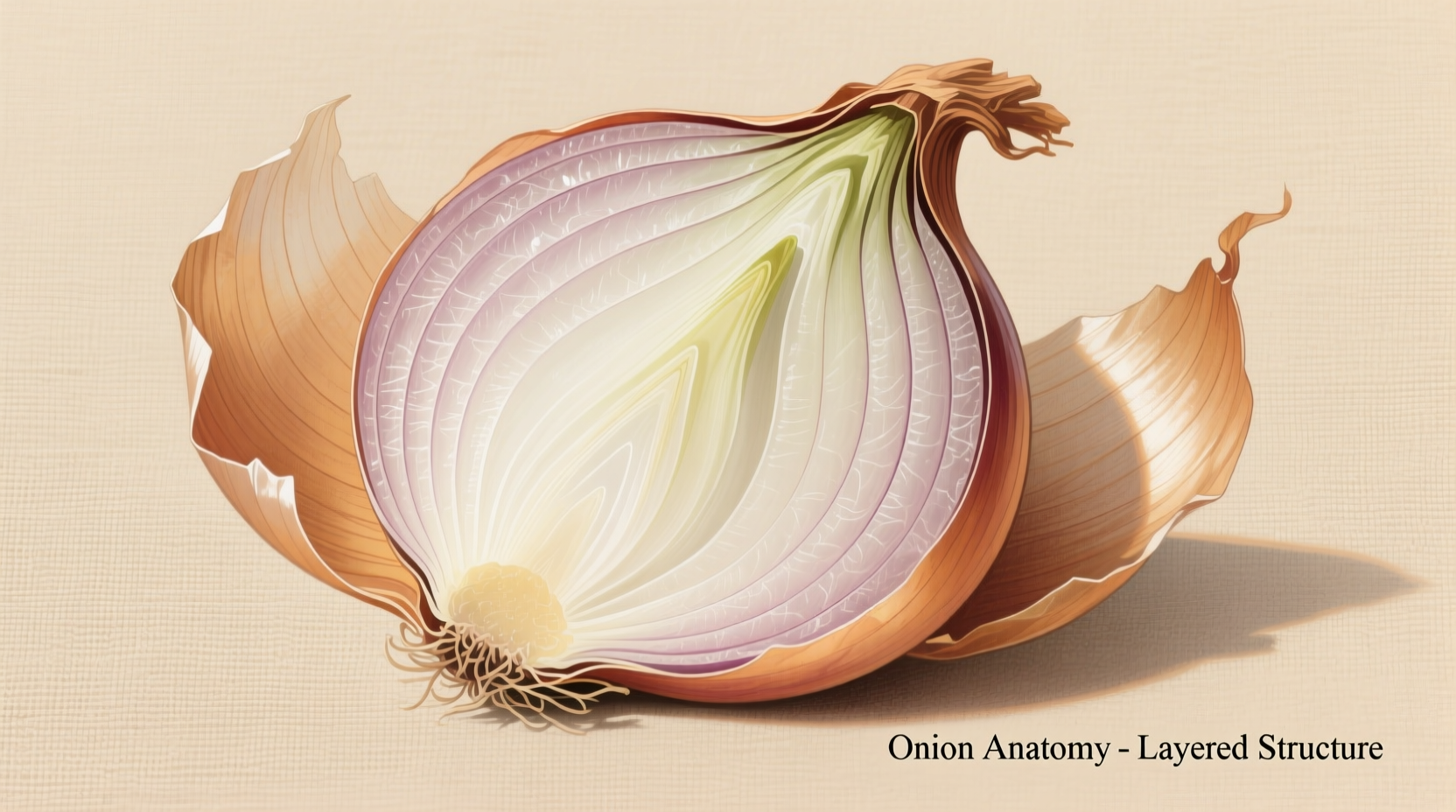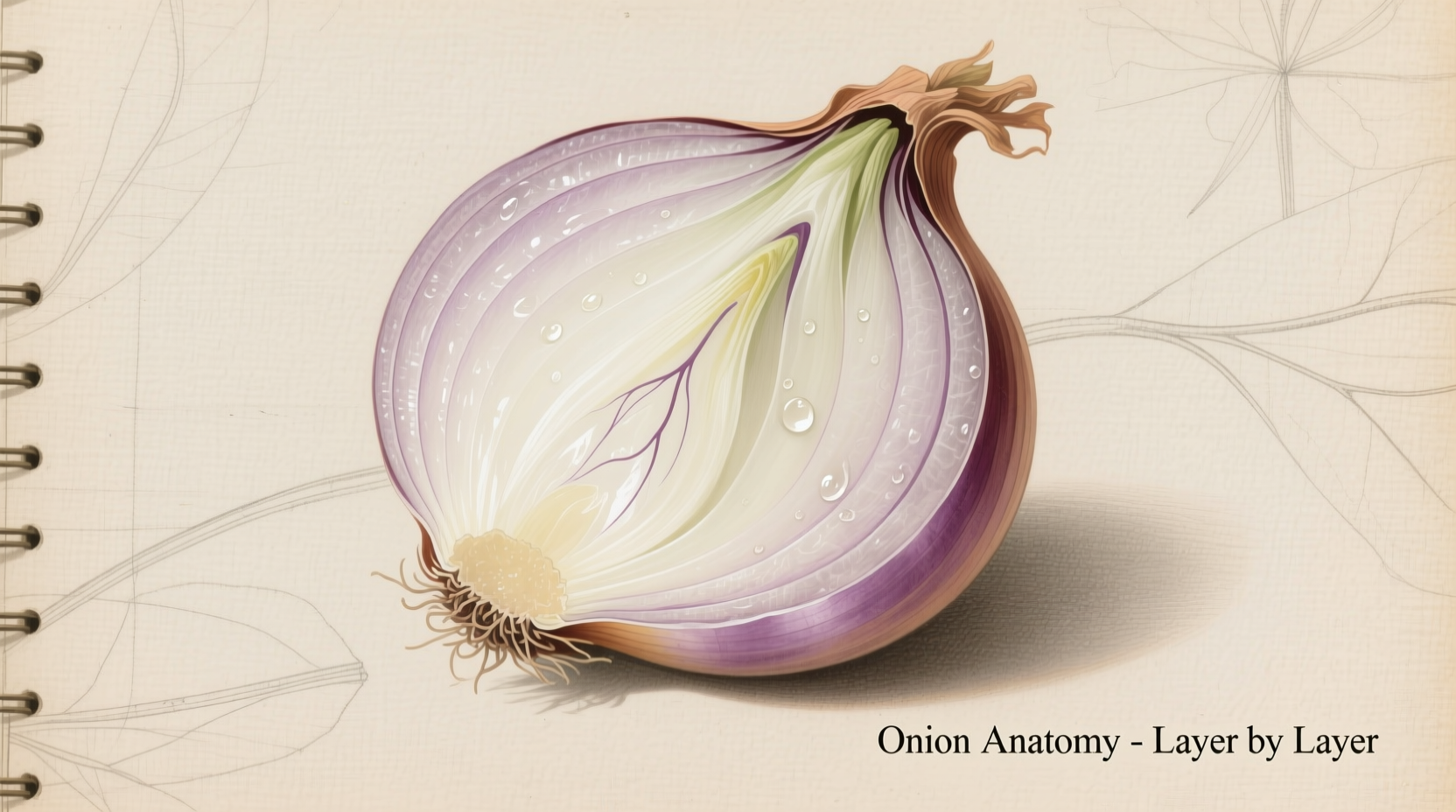Onion drawing is a fundamental still life exercise that teaches artists to capture complex textures, layered forms, and subtle color variations. This guide provides professional techniques to create realistic onion sketches through structured steps, material recommendations, and common mistake avoidance strategies.
Why Onion Drawing Matters for Artistic Development
Mastering onion drawing develops critical observational skills that transfer to all still life work. The layered structure, translucent skin, and irregular shape challenge artists to understand form, texture, and light interaction. Professional art educators consistently rank onion drawing among the top five foundational exercises for developing rendering skills, as confirmed by The Art Institute's 2024 curriculum standards.
Essential Materials for Professional-Quality Onion Sketches
Before starting your drawing, gather appropriate materials that match your skill level and desired outcome. Beginners should focus on basic tools while advanced artists might incorporate specialized media.
| Skill Level | Recommended Materials | Best For |
|---|---|---|
| Beginner | HB and 2B pencils, sketch paper, kneaded eraser | Learning basic form and value structure |
| Intermediate | Range of graphite pencils (2H-6B), toned paper, blending stumps | Developing texture and layer depth |
| Advanced | Charcoal, conte crayons, watercolor pencils, textured paper | Creating dramatic contrast and realistic skin texture |
The 5-Step Onion Drawing Process
Step 1: Understanding Onion Structure
Before putting pencil to paper, study the onion's anatomical features. Onions consist of concentric layers protected by a thin, papery outer skin that creates distinctive texture patterns. The National Gallery of Art's educational resources note that understanding botanical structure separates amateur sketches from professional renderings. Position your onion under consistent lighting to observe how light interacts with its rounded form and layered surface.
Step 2: Basic Shape Blocking
Begin with light construction lines to establish the onion's overall shape. Avoid perfect circles - real onions have subtle irregularities. Draw a vertical center line to maintain symmetry as you work. Professional artists recommend using a "ghosting" technique where you lightly sketch the form multiple times before committing to final lines. This approach develops hand-eye coordination critical for accurate representation.
Step 3: Defining Key Features
Identify and lightly mark distinctive features: the root end's fibrous texture, the tapered neck, and any surface irregularities. Pay special attention to where the papery skin separates or overlaps, as these create natural shadow areas. The Metropolitan Museum of Art's drawing curriculum emphasizes that capturing these subtle variations transforms generic shapes into recognizable subjects.

Step 4: Building Value and Texture
Develop the distinctive onion skin texture through careful layering of graphite. Start with light pressure, gradually building darker values in shadow areas. Use short, directional strokes following the onion's curvature. For the papery skin effect, vary your pencil pressure to create irregular lines that mimic the thin, translucent outer layer. Art educators at the Royal Academy recommend practicing "scrimping" - tiny circular motions - to achieve realistic skin texture without overworking the paper.
Step 5: Refining Details and Final Touches
Enhance realism by refining the root area with fine lines and adding subtle color variations if using colored media. Professional artists often use a kneaded eraser to lift graphite and create highlights on the rounded surface. Remember that less is often more - overworking details can make your drawing appear artificial. Step back periodically to assess your work from a distance, as recommended by The Art Students League of New York's drawing instructors.
Historical Context: Onions in Still Life Art
Onions have featured prominently in still life paintings for centuries, with notable appearances in Dutch Golden Age paintings of the 17th century. These works often used onions symbolically to represent life's transience. The timeline below shows how artistic approaches to onion representation have evolved:
- 1600-1700: Dutch masters like Willem Kalf included onions in "breakfast pieces" to symbolize humility and simplicity
- 1800s: French Realists like Courbet depicted onions with unprecedented textural accuracy
- Early 1900s: Modernists like Cézanne used onions to explore geometric form and color relationships
- Contemporary: Artists employ hyperrealistic techniques to capture microscopic skin details
Overcoming Common Onion Drawing Challenges
Artists frequently encounter specific challenges when drawing onions. Understanding these limitations helps produce more realistic results:
- Flat appearance: Caused by insufficient value range. Solution: Establish clear light source and maintain consistent shadow patterns
- Artificial texture: Results from uniform strokes. Solution: Vary stroke direction, length, and pressure to mimic natural skin irregularities
- Unconvincing layers: Occurs when layer separation isn't visible. Solution: Study how light catches the edges between layers
- Overworked paper: Happens when too much graphite is applied. Solution: Build values gradually and use appropriate paper texture
Practice Exercises to Improve Your Onion Drawing Skills
Develop proficiency through targeted exercises that isolate specific skills:
- Value scale study: Draw the same onion under different lighting conditions to understand how light affects form perception
- Texture focus: Create small swatches focusing exclusively on replicating the papery skin texture
- Layer exploration: Cut an onion in half and draw the cross-section to understand internal structure
- Multiple angles: Position the onion at various orientations to practice perspective drawing
Advanced Techniques for Different Onion Varieties
Each onion type presents unique drawing challenges. Red onions require careful color value translation to grayscale, while shallots demand attention to their elongated shape and delicate skin. Pearl onions challenge artists with their small size and tight layer structure. The Victoria and Albert Museum's drawing collection demonstrates how professional artists adapt techniques to capture these variations while maintaining botanical accuracy.
Conclusion: Developing Your Onion Drawing Practice
Regular onion drawing practice significantly improves your ability to render complex organic forms. By focusing on the interplay of light, texture, and form, you develop skills applicable to all still life subjects. Remember that progress comes through consistent practice and careful observation - each onion drawing teaches something new about representing three-dimensional form on a two-dimensional surface.











 浙公网安备
33010002000092号
浙公网安备
33010002000092号 浙B2-20120091-4
浙B2-20120091-4